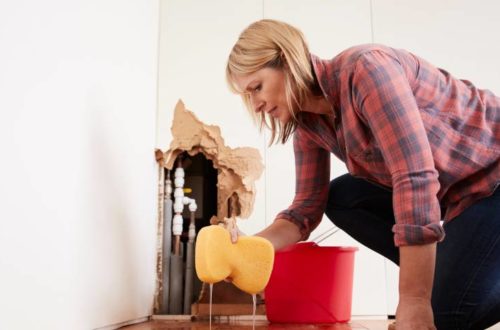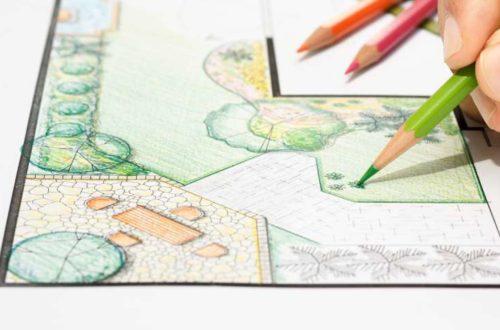How to Move and Downsize Simultaneously

Moving to a new home can be a stressful experience, and when combined with downsizing, it can feel even more overwhelming. Planning and organization are the key to a successful move that simplifies your life. Downsizing while moving allows you to not only reduce the physical burden of your belongings but also bring a sense of relief and clarity. This guide will walk you through the steps to quickly move and downsize.
Why Downsizing Makes Sense While Moving
Downsizing while moving can seem daunting, but it offers numerous advantages that make it worthwhile. By combining the two tasks, you can avoid moving unnecessary items to your new home, saving time, energy, and money. Here’s why it’s worth considering:
- Cost Savings: Moving costs can add up quickly, especially if you’re hiring professional movers. Downsizing reduces the number of items to pack and transport, ultimately lowering your moving expenses.
- Simplified Living Space: A new home offers a fresh start, and downsizing helps you make the most of your space. Your new living area will feel more organized and manageable with fewer possessions.
- Emotional Benefits: Letting go of unused or unnecessary items can be freeing. It provides an opportunity to start anew, both physically and mentally. Downsizing allows you to declutter your life, reducing the stress of managing excess belongings.
Assessing Your Belongings
The first step in downsizing is deciding what to keep, donate, or sell. Getting attached to things that no longer serve you is easy, but the sooner you decide about your belongings, the easier the process will be. Here’s how to assess what you truly need:
- Take Inventory: Start by making a list of everything you own. Categorize your items into groups, such as furniture, clothes, electronics, and sentimental items. This will help you visualize what you have and give you a better sense of where to begin.
- Sort by Categories: Begin sorting through each category. For clothes, ask yourself if you wear them regularly or if they still fit. For furniture, determine whether the item fits the space and style of your new home.
- Use the 6-Month Rule: A helpful rule for deciding what to keep is the “6-month rule.” If you haven’t used an item in the last six months, it’s likely time to let go.
- Sentimental Items: It’s always harder to part with items tied to memories. When assessing these, consider whether they truly add value to your life. Consider taking photos of items with substantial emotional value instead of keeping them physically.
Moving Steps to Take
Now that you’ve started downsizing, planning the move itself takes time. Moving while downsizing requires a strategic approach. Follow these steps to stay organized and efficient:
Step 1: Create a Moving and Downsizing Timeline
Setting a clear timeline will help you stay on track and reduce the risk of procrastination. Ideally, you should begin the process 8-10 weeks before your moving date. Break the timeline into tasks like sorting, packing, and scheduling the move. Use this timeline to guide your actions, and make sure to set deadlines for when to complete each task.
Step 2: Organize and Pack Efficiently
Packing doesn’t have to be a chaotic process if you stay organized. Gather packing materials such as boxes, bubble wrap, tape, and markers. To avoid confusion, label each box clearly, including its contents and the room to which it belongs.
Here are some packing tips:
- Room-by-Room Approach: Start with one room at a time. Begin with less frequently used areas like guest rooms or storage spaces. This helps prevent disruption to your daily routine.
- Essentials First: Pack a bag or box with essential items (like toiletries, a few sets of clothes, and essential kitchen items) that you’ll need immediately upon arrival at your new home.
- Protect Fragile Items: Wrap fragile items carefully in bubble wrap or packing paper. Fill empty spaces in boxes with packing peanuts or soft materials for security.
Step 3: Arrange for Donations, Sales, and Disposal
One of the benefits of downsizing is giving unused items a second life. Once you’ve decided what to part with, take action to donate, sell, or dispose of your belongings:
- Donations: Many charities will pick up donations for free. Schedule a pickup or drop off items at donation centers like Goodwill, Salvation Army, or local shelters.
- Selling: For items with value, such as furniture, electronics, or collectibles, consider selling them online via platforms like eBay, Craigslist, or Facebook Marketplace. Alternatively, host a garage sale to declutter and earn some extra cash.
- Disposal: Some items may not be suitable for donation or resale. For these, find out the best way to dispose of them. Check local recycling programs for electronics, hazardous materials, and large items like old mattresses.
Step 4: Hire Professional Movers
Hiring professional movers can ease the physical and mental burden of moving. Moving companies can pack, load, and transport your belongings, giving you more time to focus on downsizing.
When hiring movers, be sure to request a moving quote from several companies so you can compare pricing and services. Choose a company with good reviews and insurance, and communicate your downsizing plan to them so they know exactly what needs to be moved.
Step 5: Prepare Your New Space
Before the moving truck arrives, ensure your new home is ready to receive your belongings. Do a thorough cleaning and ensure all repairs and improvements are complete.
Take some time to visualize the layout of your furniture in your new space. Make a rough floor plan if necessary to ensure that the pieces you’re bringing will fit comfortably. Downsizing makes this step easier since you’ll have fewer items to arrange.
Downsizing Tips for Different Types of Items
Each category of belongings will require a different approach when downsizing. Here are some specific tips for tackling the most common items:
- Furniture: Not every piece of furniture will work in your new home. Consider whether it’s practical, functional, and in good condition. If not, it might be time to sell or donate it.
- Clothing: Go through your wardrobe and eliminate items you haven’t worn in months. Donate clothes that no longer fit or that you no longer love. Keep only the pieces that serve you well and make you feel confident.
- Sentimental Items: It can be challenging to part with things with sentimental value, but consider whether they truly enrich your life. You can preserve memories by photographing items or storing small, meaningful keepsakes.
- Electronics & Gadgets: Old electronics take up space and can quickly become outdated. Recycle or donate working gadgets, and dispose of any that no longer function.
Dealing with Emotional Attachments
Letting go of items with sentimental value is often the most challenging part of downsizing. However, it’s essential to recognize that memories don’t live in physical objects. Consider taking photographs or writing about the items you’re parting with to preserve the memories without the clutter.
It may help to approach downsizing with a positive mindset. See it as an opportunity to grow and simplify your life. By focusing on the benefits of less clutter, you’ll find it easier to let go of things that no longer serve you.
Conclusion
Moving and downsizing simultaneously may seem like a huge challenge, but it can be a rewarding experience with careful planning and organization. You can streamline the process and reduce stress by taking inventory, setting a timeline, and strategically packing and making decisions. Downsizing allows you to embrace a more organized, simplified life, making your new home feel more spacious and welcoming. So, start early, stay organized, and enjoy moving into a clutter-free future.
Would you like to receive similar articles by email?





